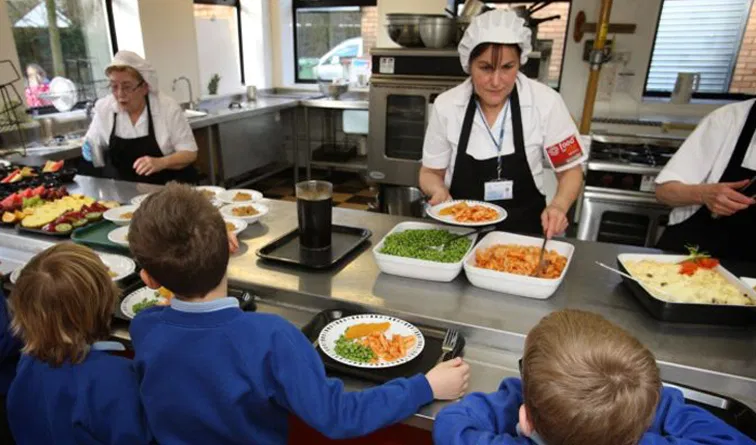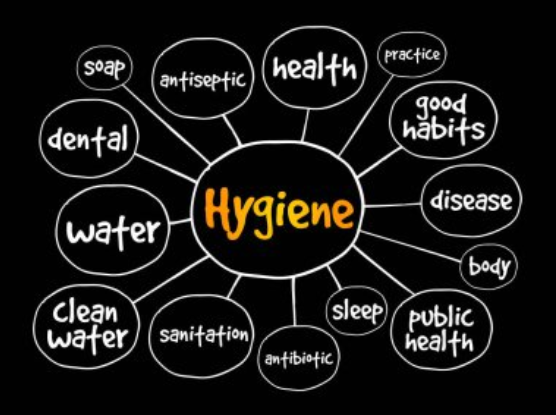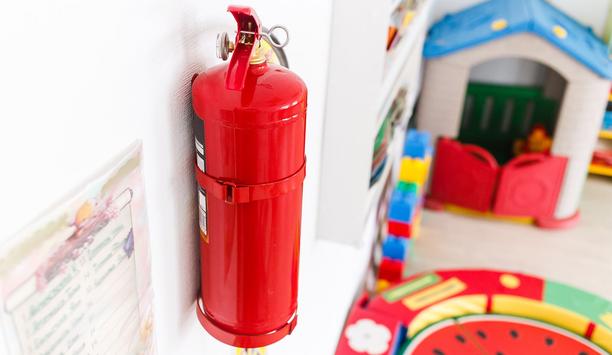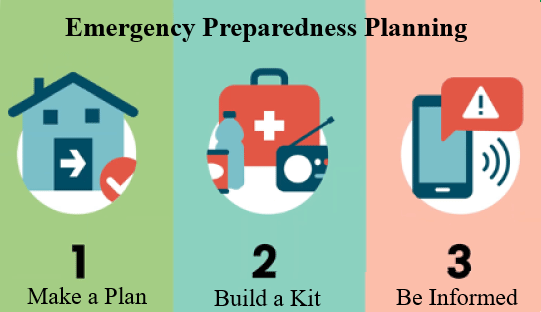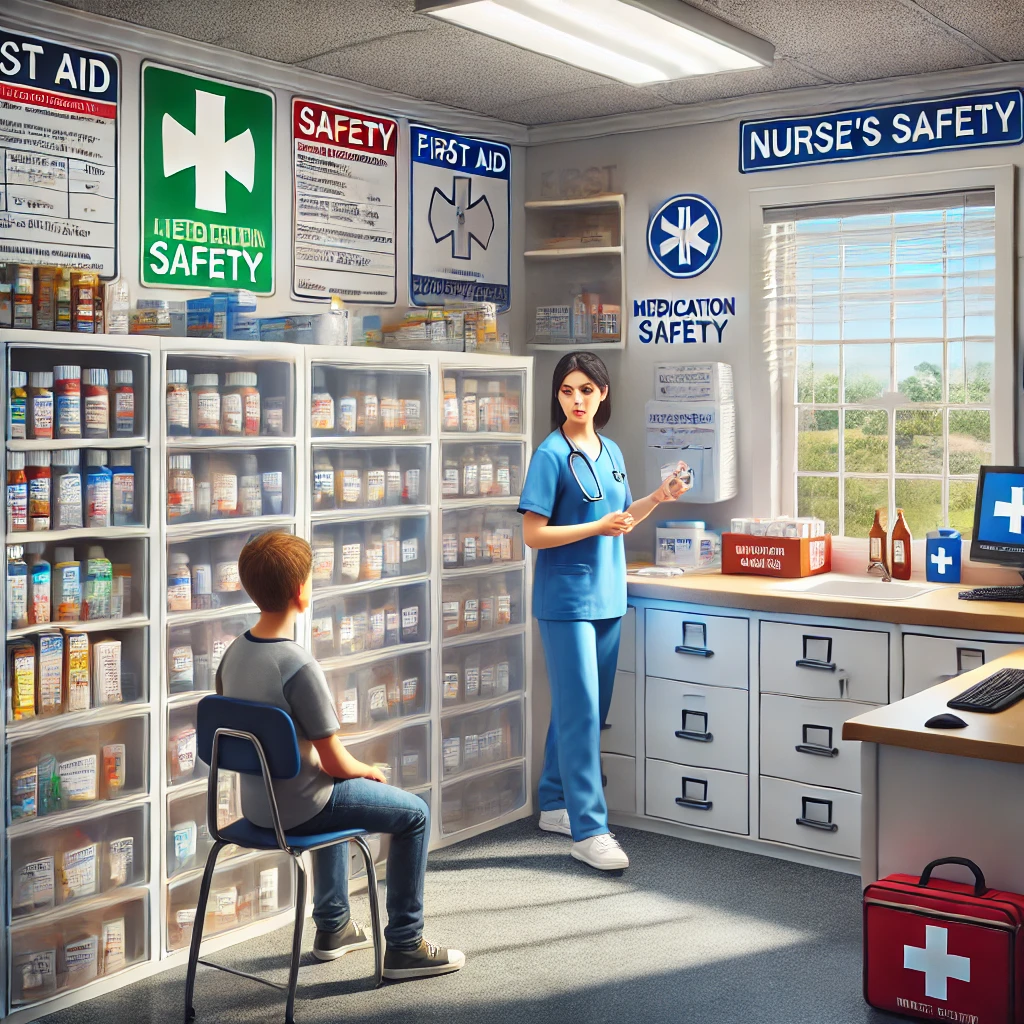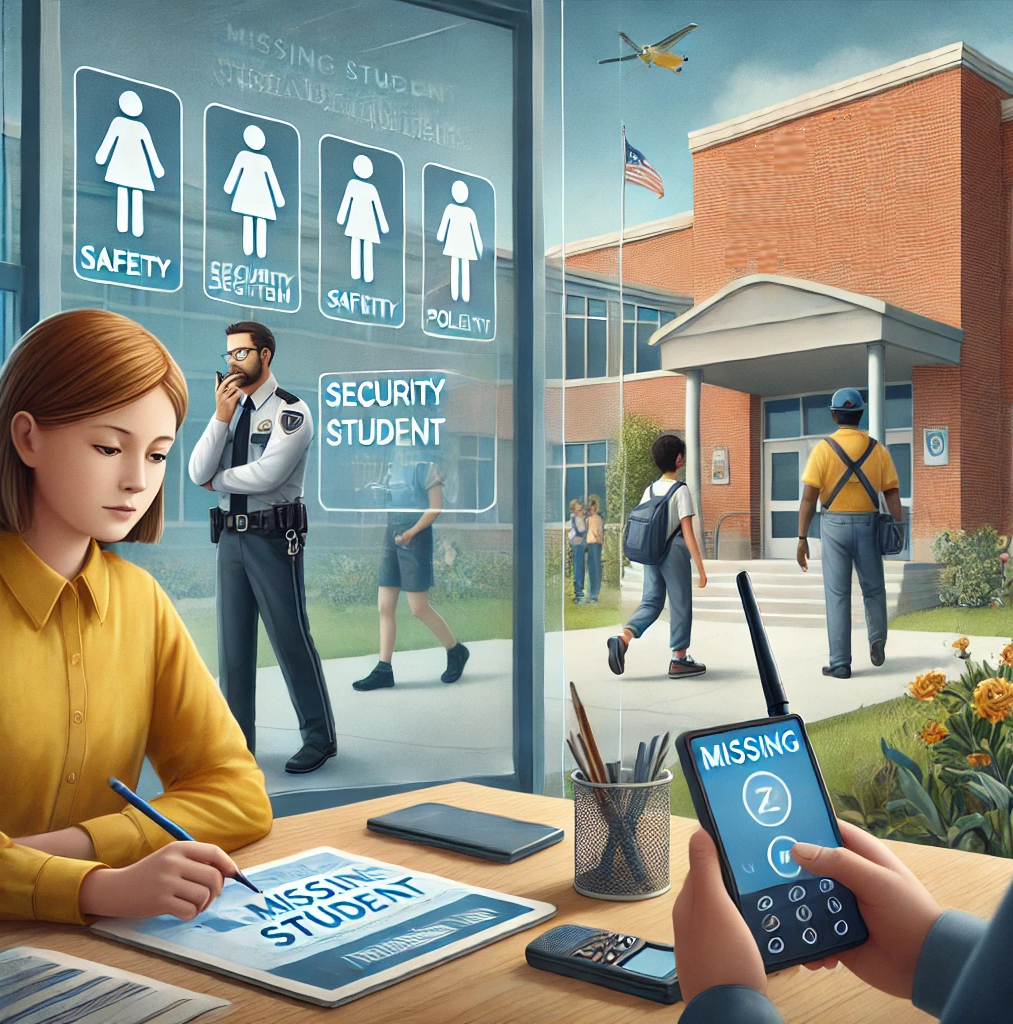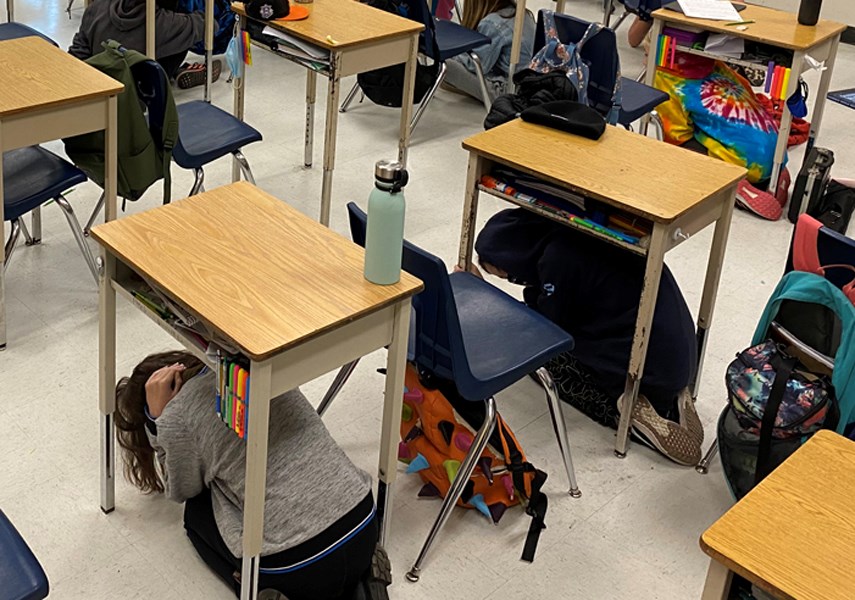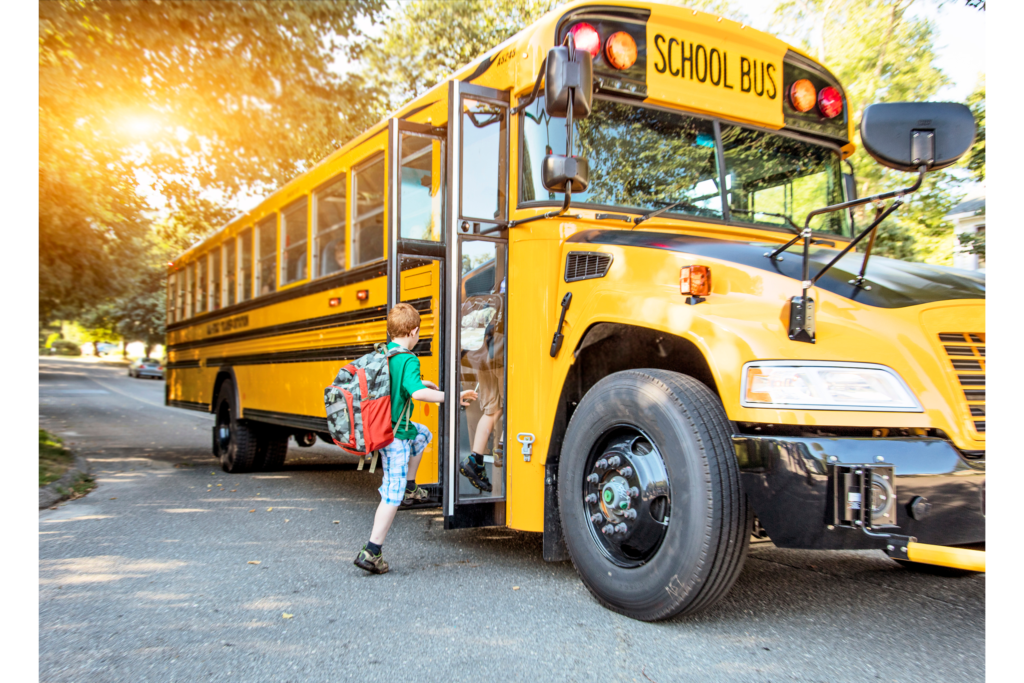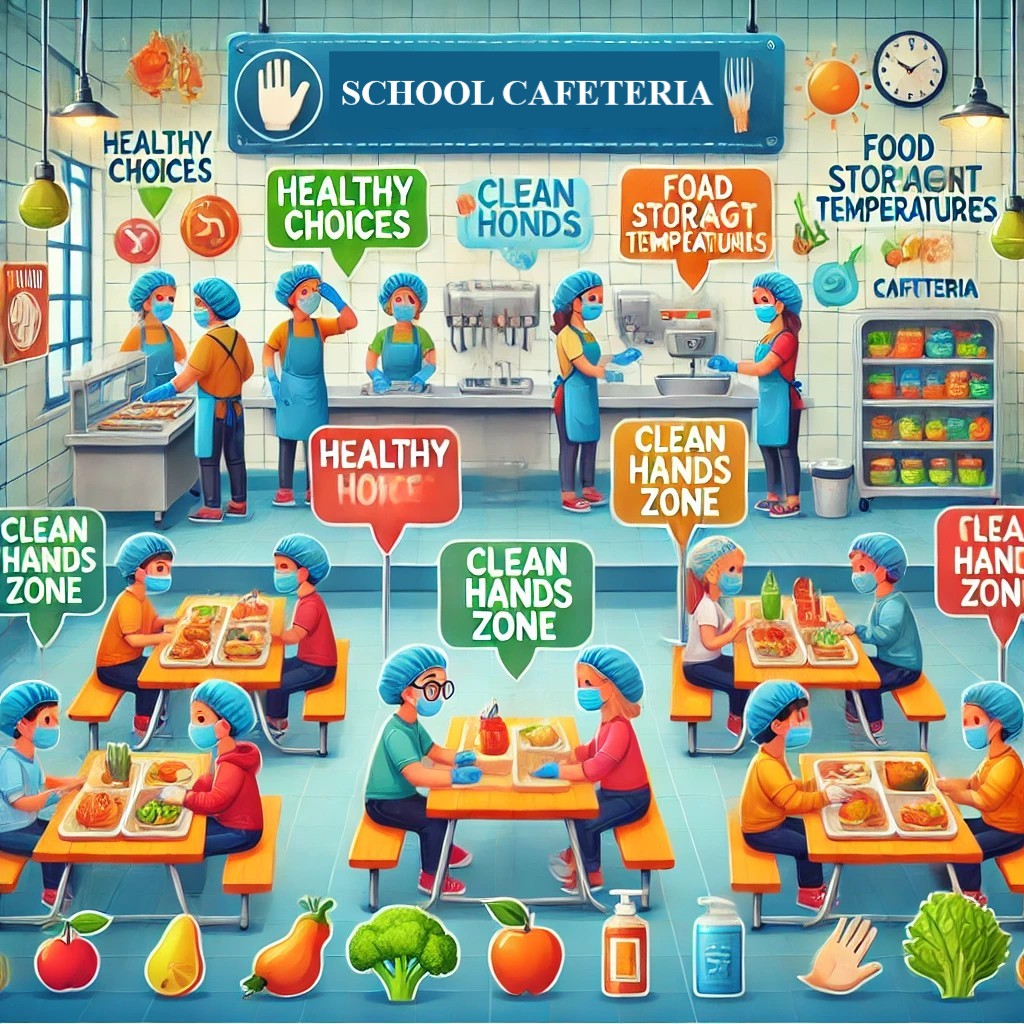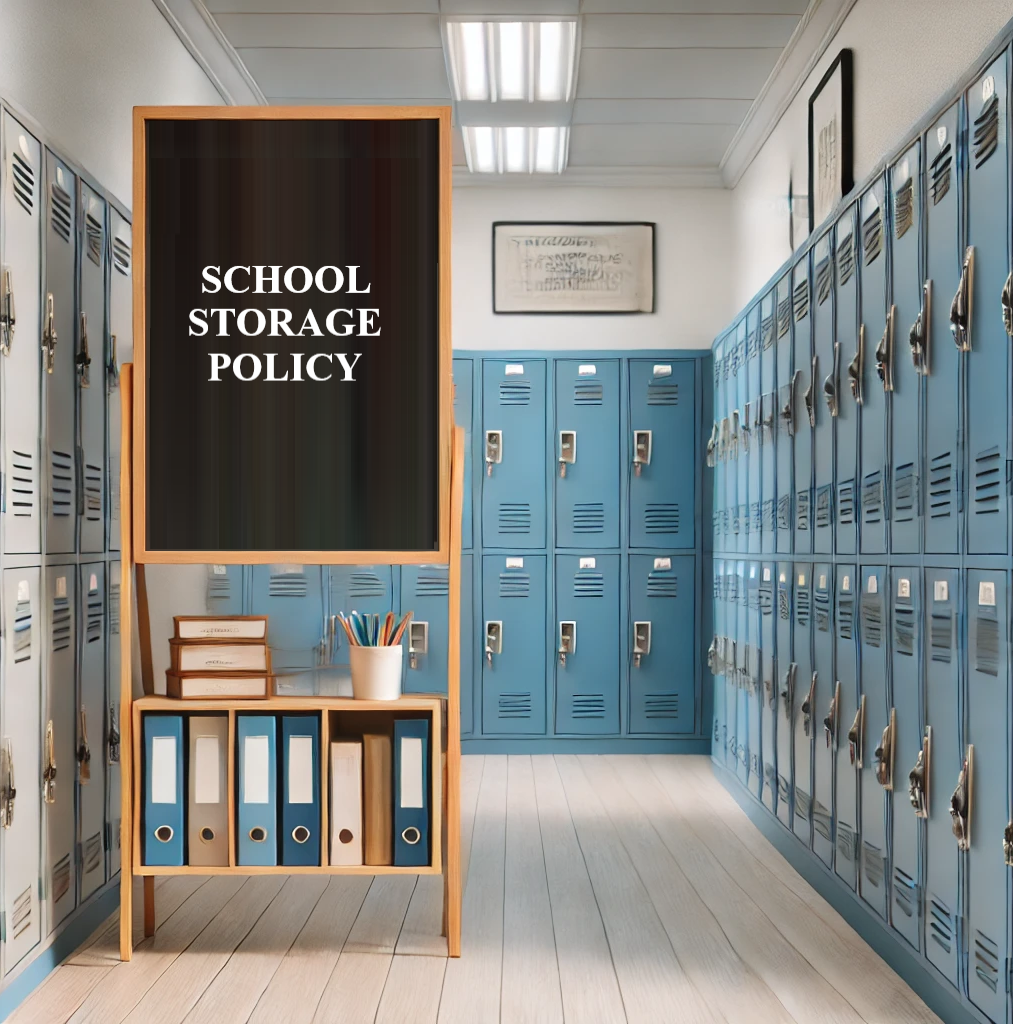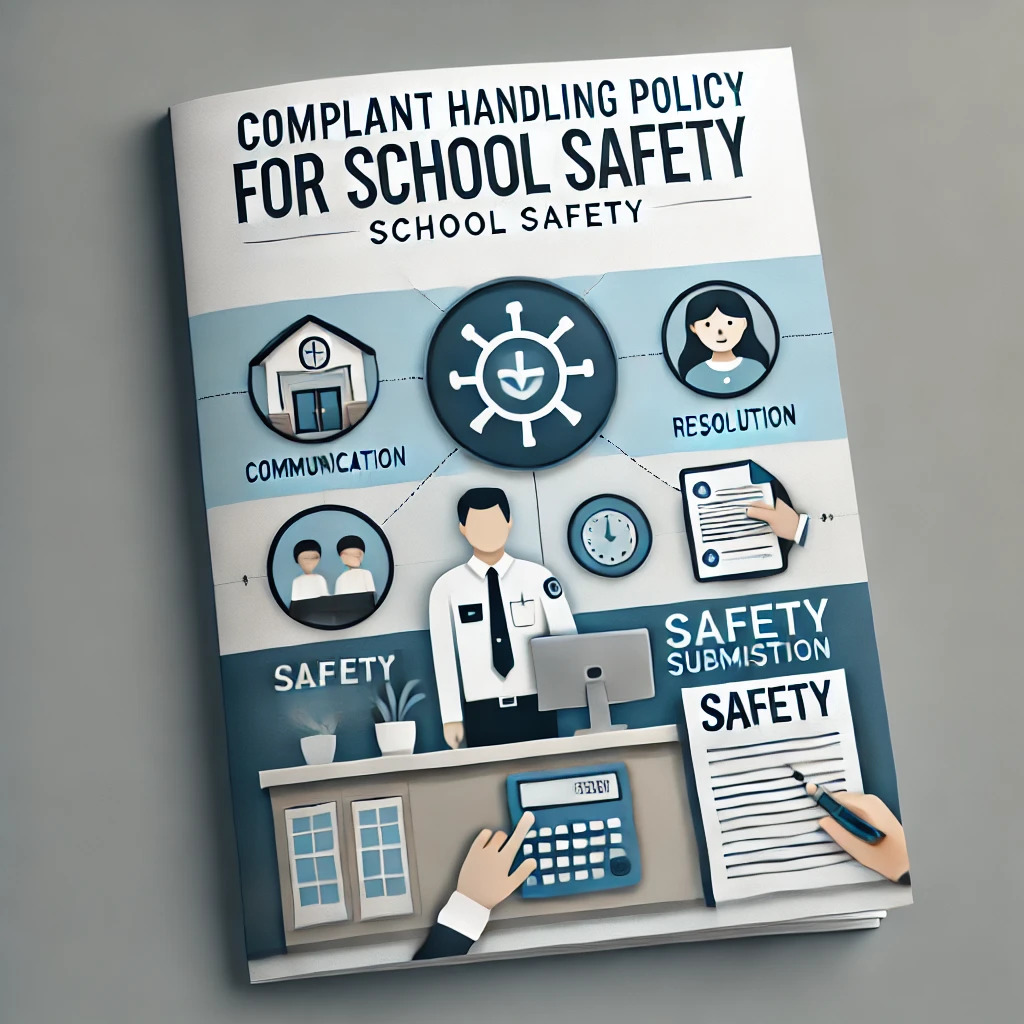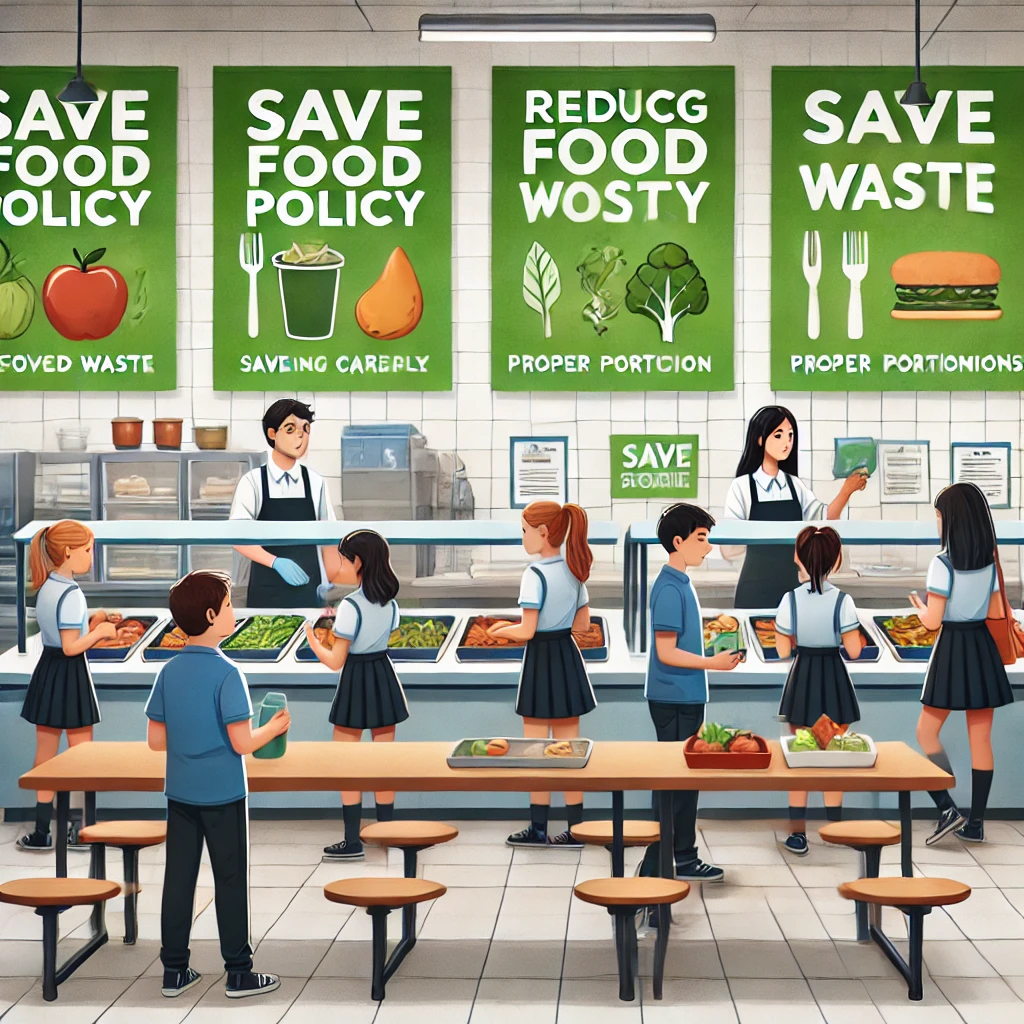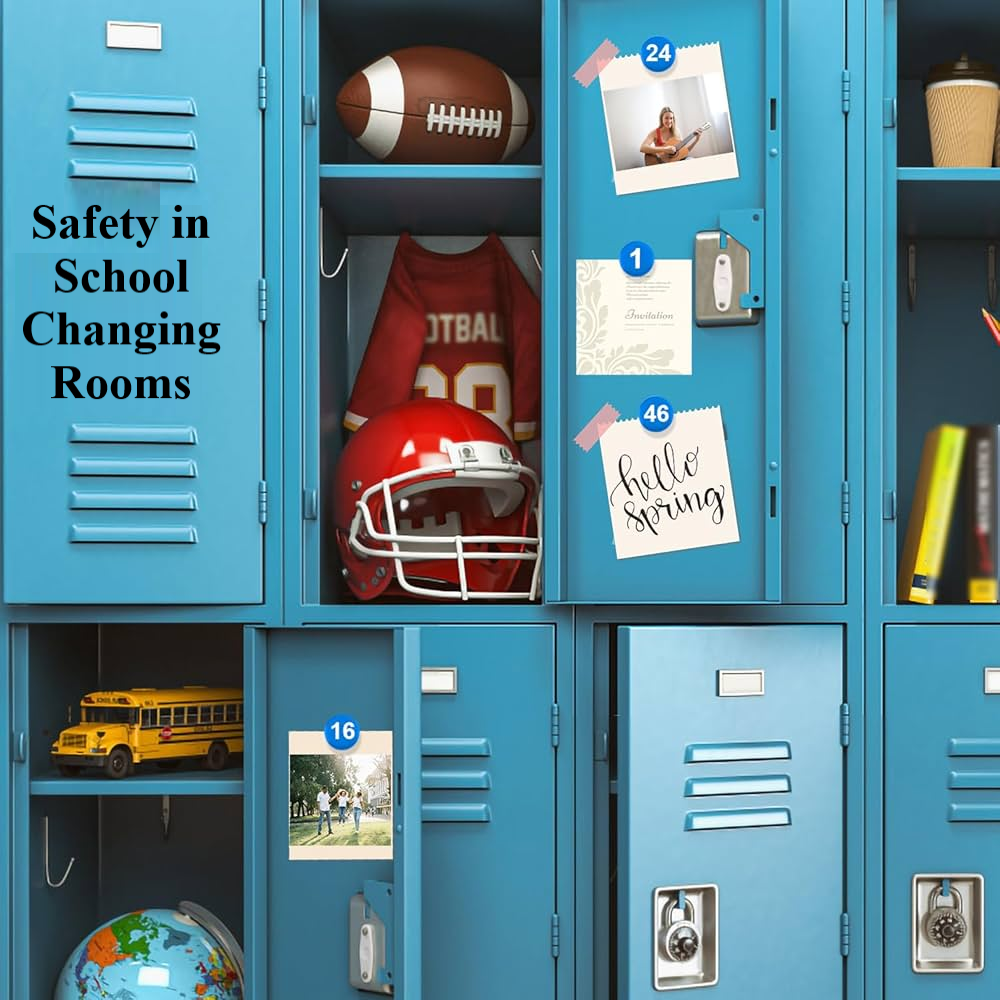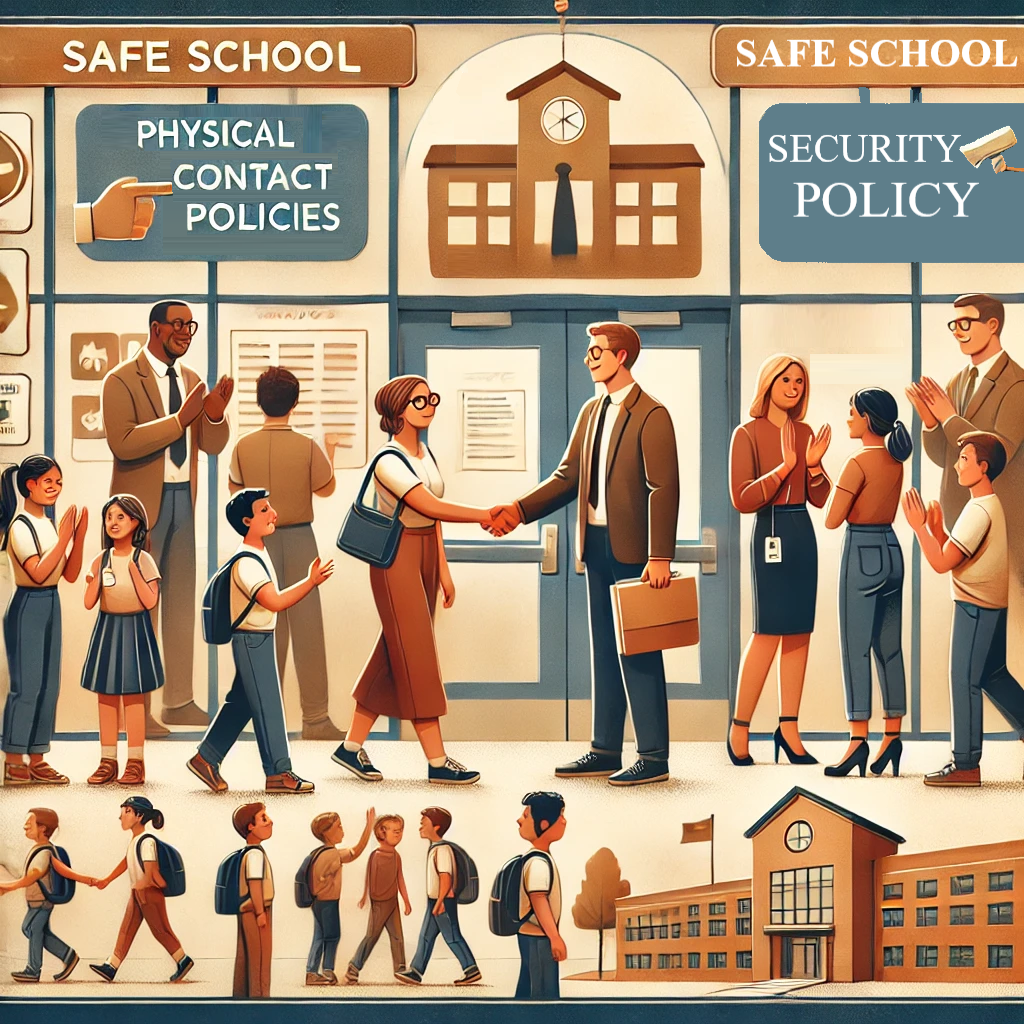The Role of Proper Food Handling in School Safety
Food safety plays an essential role in ensuring the overall safety of students in schools. Many schools have their own cafeterias or kitchens, and they often rely on a variety of vendors to provide meals to their students. To safeguard student health, it is imperative that food is handled, cooked, and stored in a hygienic manner.
Proper food handling begins with maintaining cleanliness and hygiene. All food items should be thoroughly washed before preparation. Cooking food to the appropriate internal temperature is crucial to eliminate harmful bacteria. For instance, poultry should be cooked to at least 165°F to ensure it is safe for consumption. Additionally, perishable items must be stored in refrigerated or sealed containers to prevent spoilage. Schools should ensure that surfaces, utensils, and equipment used in food preparation are thoroughly cleaned and sanitized after each use.
Temperature control
is another critical aspect of food safety. Hot foods should be kept at a
temperature of at least 140°F, and cold foods should remain below 40°F. Food
should be served promptly within two hours of preparation to reduce the risk of
bacterial growth. Schools should invest in reliable thermometers to monitor
food temperatures effectively.
It is equally important to establish strict protocols for food vendors and cafeteria staff. Vendors supplying food must adhere to health and safety certifications, and periodic inspections should be conducted to verify compliance. Food service personnel should be trained in safe food handling practices, including proper handwashing techniques and identifying signs of food spoilage.
Regular inspections of food preparation and storage areas are necessary to maintain a safe environment. These inspections should assess cleanliness, proper storage methods, and adherence to temperature requirements. By implementing comprehensive food safety protocols, schools can minimize the risks of foodborne illnesses, ensuring that students remain healthy and focused on their education.
In conclusion,
schools play a pivotal role in maintaining food safety standards. By
prioritizing hygiene, temperature control, and staff training, educational
institutions can foster a safe and healthy environment for students. Regular
monitoring and adherence to protocols can significantly mitigate the risks
associated with foodborne illnesses, ensuring that school cafeterias provide
nutritious and safe meals for every student.
